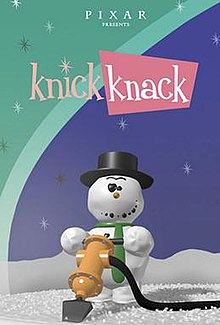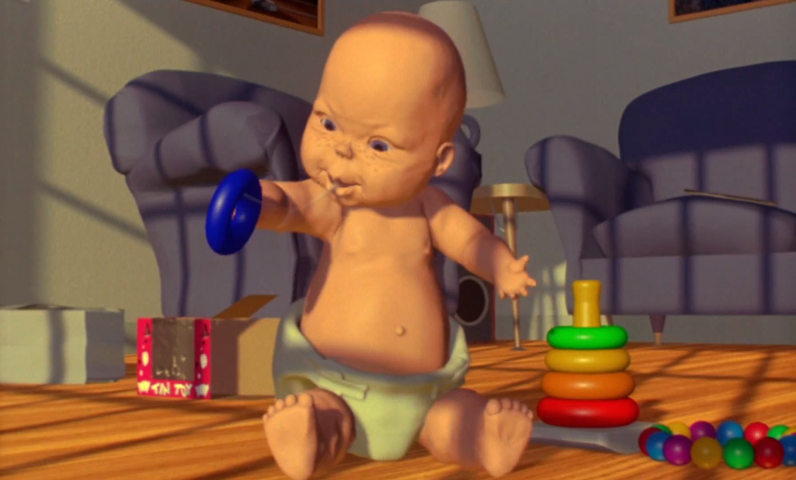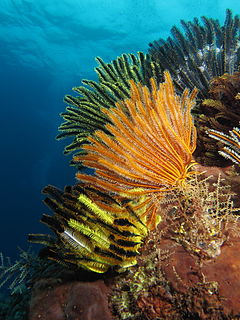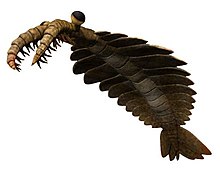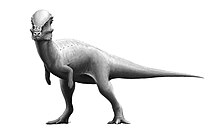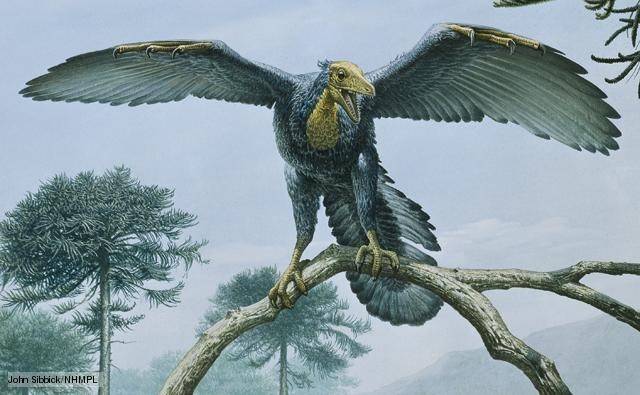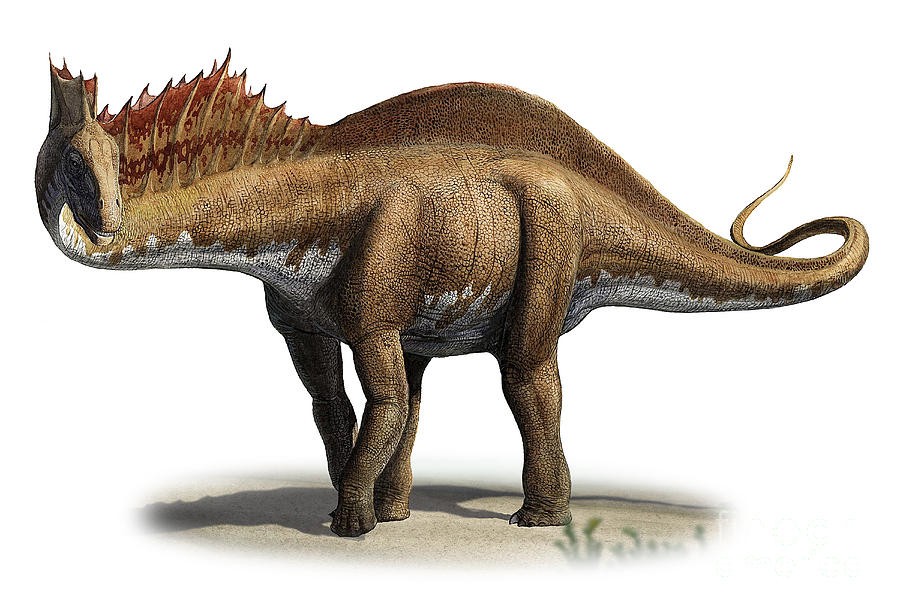Extinct Pokemon Part 2
These following Pokemon are actually not extinct in the video games or the anime, but would be extinct in our world.
Bulbasaur,
Ivysaur, and Venusaur are based on the extinct reptile (but not a
dinosaur) Kannemeyeria. It may have looked like this.
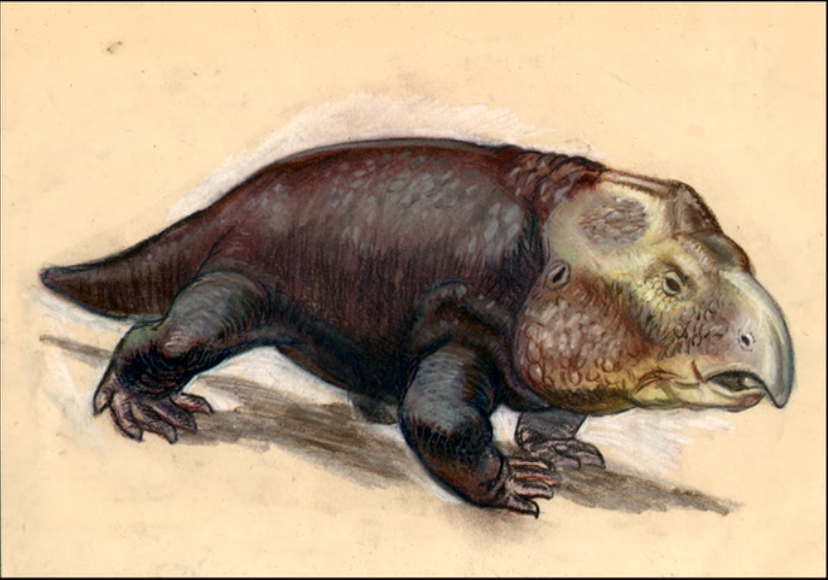
This creature, along with the Bulbasaur line, lived in South America, Africa, and Asia during the Triassic Period. The Bulbasaur line, however, also thrived in the Permian Period.


Onix and Steelix lived in South America during the Cretaceous Period. It evolved alongside Scyther and Scizor, and lived symbiotically with primitive Diglett and Dugtrio. Instead of eating plants or other Pokemon, Onix and Steelix dug through the Earth and ate dirt, rocks, and ore. Onix that ate metal ore would evolve into Steelix.

This creature, along with the Bulbasaur line, lived in South America, Africa, and Asia during the Triassic Period. The Bulbasaur line, however, also thrived in the Permian Period.


Onix and Steelix lived in South America during the Cretaceous Period. It evolved alongside Scyther and Scizor, and lived symbiotically with primitive Diglett and Dugtrio. Instead of eating plants or other Pokemon, Onix and Steelix dug through the Earth and ate dirt, rocks, and ore. Onix that ate metal ore would evolve into Steelix.
Chikorita,
Bayleef, and Meganium are based on the Diplodocus, a very large
sauropod from the Jurassic Period. This dinosaur, along with the
Chikorita line, lived in North America.




Magby
and Magmar are not based on real animals, but are based on a mythical
creature in Japanese Hindu-Buddhist mythology, the Karura. These
Fire-Type Pokemon lived in Japan and Australia during the Cretaceous Period.
Aron,
Lairon, and Aggron are Rock/Steel-Type Pokemon loosely based on the
famous Triceratops. Instead of eating plants, however, Aggron eat metal.
However, since metal didn't exist during the Cretaceous Period, the era
in which Triceratops lived, I imagine the Aron line to eat silver
instead. Also like the Triceratops, Aron, Lairon, and Aagron lived in
North America.

Turtwig,
Grotle, and Torterra were the Grass-Type starter for Sinnoh players.
They are based on turtles and tortoises. However, since Torterra is
rather large, I unfortunately made the Turtwig line extinct; I see
Torterra as more of a stegosaurus rather than a tortoise. The Turtwig
line lived in North America during the Jurassic Period.

Gible, Gabite, and Garchomp bare traits to velociraptors, so I distributed these powerful Ground/Dragon-Type Pokemon to Asia. They hunted prey like Heliolisk, Scrafty, and Grovyle during the Cretaceous Period.
 |
| I personally think Rhyperior is closer to an ankylosaurus than a rhinoceros. |

Mamoswine
is an evolution to the unpopular Ice/Ground-Type pig Piloswine.
Mamoswine, along with Swinub and Piloswine, existed during the Ice Age
and roamed across North America, Europe, and Asia. Mamoswine is
unfortunately extinct like real mammoths, but Swinub and Piloswine still
live on in snowy areas in Europe.


Yanmega,
the evolved form of the very weak Bug/Flying-Type dragonfly Yanma, is
based on Meganeura. It was a dragonfly the size of an eagle, and it
roamed the skies of the Carboniferous Period. Meganeura may have looked something like this.

Like Meganeura, Yanmega lived in Europe.


Like Meganeura, Yanmega lived in Europe.

Tangrowth
is the evolved form of the mysterious Grass-Type Tangela, and in my
vision, lived in Africa and South America from the Triassic to
Cretaceous Periods. I made Tangrowth extinct because the only way to
evolve Tangela into Tangrowth is by leveling up Tangela while it knows
the move 'Ancient Power'.


I
unfortunately made the Fire/Steel-Type Legendary Pokémon Heatran
extinct because I wanted at least 10 Legendaries in our world. It
existed in Antarctica during the Permian Period, hundreds of millions of
years before it was covered in ice.

Axew, Fraxure, and Haxorus are Dragon-Type Pokemon with dinosaur-like traits, but aren't based on a specific species of dinosaur. Like many dinosaurs, these Pokemon lived in North America during the Cretaceous Period.

I
think the closest real-life animal to the unpopular Druddigon is the
extinct postosuchus, which means 'after crocodile'. They, along with Druddigon, lived in North
America during the Triassic Period. Postosuchus may have looked something like this.


The only Mega Evolution I kept was Mega Sceptile. This Pokémon is Grass/Dragon instead of just Grass, and lived in Asia during the Cretaceous Period. Regular Sceptile, along with Treecko and Grovyle, also lived in Asia during this time, but went extinct for unknown reasons.


The only Mega Evolution I kept was Mega Sceptile. This Pokémon is Grass/Dragon instead of just Grass, and lived in Asia during the Cretaceous Period. Regular Sceptile, along with Treecko and Grovyle, also lived in Asia during this time, but went extinct for unknown reasons.
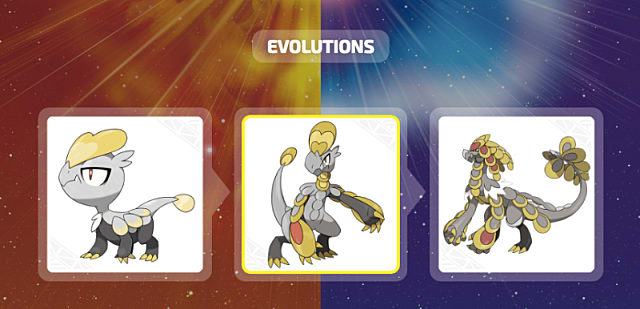
Jangmo-o,
Hakamo-o, and Kommo-o are Dragon/Fighting-Type Pokemon (though Jangmo-o
was pure Dragon) new to Pokemon Sun and Moon. These saurians lived in
North America during the Cretaceous Period.




I imagine Alolan Sandshrew and Sandslash, which are Ice instead of Ground, to be the original
Sandshrew and Sandslash. They first appeared during the Ice Age
alongside Slaking and Mamoswine. For many years, they were Ice-Types
that roamed South America. However, because of climate change, these
armadillos had to become Ground-Types and were moved to Africa.




Similar to Alolan Sandshrew and Sandslash, I imagine Alolan Meowth and Persian (which are Dark instead of Normal) to be the original
Meowth and Persian. They lived with the Egyptians over 3,000 years ago.
However, a couple centuries later, with the rise of the Fighting and
Fairy-Type (both Types are strong against Dark) Pokemon, Egyptian Meowth
and Persian (which is my given name to Alolan Meowth and Persian)
populations started declining. However, before their species died out,
one male Persian mated with a female Delcatty, and it gave birth to the
first Normal-Type Meowth.
That covers Extinct Pokemon! Next week, we'll talk about Pokemon that will not be found in the wild, but will be domesticated by humans all over the world.
Update! 10-15-17: I decided that Tropius WILL NOT be extinct! I decided to distribute it to Africa, in which it will take the place of giraffes. Girafarig may be tempting, but it's neck is too short to be a giraffe. Also, I learned from The Wild Thornberrys episode 'Stick Your Neck Out' that herbivores like zebras, antelopes, and wildebeests rely on giraffes for protection, as they would be too tall for lions, cheetahs, and hyenas to reach them. Also, I'm not sure if bananas existed during the time of the dinosaurs.
That covers Extinct Pokemon! Next week, we'll talk about Pokemon that will not be found in the wild, but will be domesticated by humans all over the world.
Update! 10-15-17: I decided that Tropius WILL NOT be extinct! I decided to distribute it to Africa, in which it will take the place of giraffes. Girafarig may be tempting, but it's neck is too short to be a giraffe. Also, I learned from The Wild Thornberrys episode 'Stick Your Neck Out' that herbivores like zebras, antelopes, and wildebeests rely on giraffes for protection, as they would be too tall for lions, cheetahs, and hyenas to reach them. Also, I'm not sure if bananas existed during the time of the dinosaurs.
